Europe extends lockdowns as coronavirus cases near two million
Scott Morrison has warned Australia is “weeks away” from lifting lockdowns, as he slammed the World Health Organisation’s support for the reopening of live animal markets in China. It comes as COVID-19 cases passed two million globally.

Coronavirus
Don't miss out on the headlines from Coronavirus. Followed categories will be added to My News.
Scott Morrison has scolded the World Health Organisation for supporting the reopening of wet markets.
It comes as the number of confirmed cases passed the two million mark globally, as countries that have already had the worst of it begin to look toward restoring normal life.
A tally from the US-based Johns Hopkins university shows the number of reported cases worldwide has roughly doubled since April 2, while the global death toll stands at 119,483.
As such the prime minister said it was “unfathomable” to support live animal markets, where experts believe coronavirus originated in the Chinese city of Wuhan.
“I’m totally puzzled by this decision,” Mr Morrison told Nine on today.
Australia’s firm stance against wildlife markets could put the country on a collision course with the global health authority.
“We need to protect the world against potential sources of outbreaks of these types of viruses,” Mr Morrison said.
“It has happened too many times.”
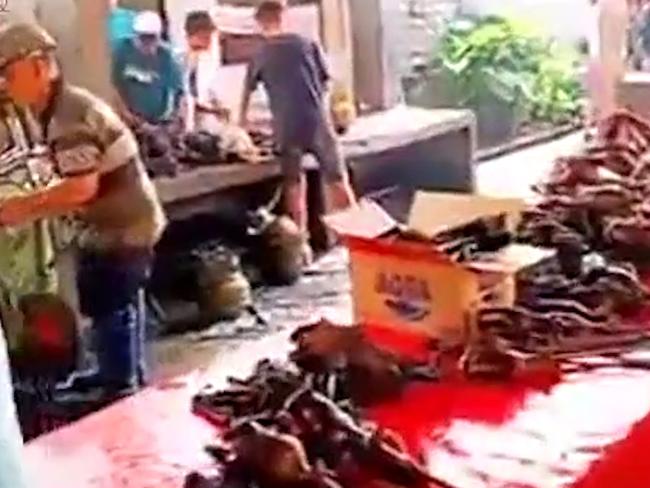
Health Minister Greg Hunt is also unsettled by China’s plans to reopen the markets.
“There is a very real likelihood that this disease arose from a wet market in Wuhan - it’s clear that these are dangerous vectors,” Mr Hunt told the ABC.
“So we might disagree on this issue with some of the international authorities, but our job is to protect Australians, and I would imagine that around the world, the vast majority of people would have a similar view.”
It comes as Australians are being warned the restrictions put in place to contain coronavirus will be in place for many more weeks, despite the nation’s infection curve improving.
The number of Australians infected with COVID-19 has risen to 6366 and 61 people have died.

State and federal leaders will meet later this week to discuss when restrictions can be relaxed.
“I do want to caution Australians that we’re not in that phase yet ... we’re many weeks away from being in a place like that,” the prime minister told Seven’s Sunrise today.
He said any lifting of restrictions would need to be backed up by a strong health system and even stronger testing regime.
“You’ve seen in places like Singapore and Sweden and other parts of the world where the virus has just taken off again,” he said.
HOSPITAL OUTBREAK LINKED TO MEDICS’ PARTY
An “illegal dinner party” of medical workers is linked to a coronavirus outbreak in northwest Tasmania, Australia’s Chief Medical Officer Brendan Murphy said.
Two hospitals in Burnie were closed on Monday amid a cluster of more than 60 COVID-19 cases, including about 45 staff, associated with the facilities.
Dr Murphy was appearing today before the Epidemic Response Committee, a select committee set up to run in the place of parliament, which has been suspended under New Zealand’s lockdown.
“We thought we were doing really well in the last week then we had a cluster of 49 cases in a hospital in Tasmania just over the weekend, most of them went to an illegal dinner party of medical workers,” Dr Murphy told the committee via video link.
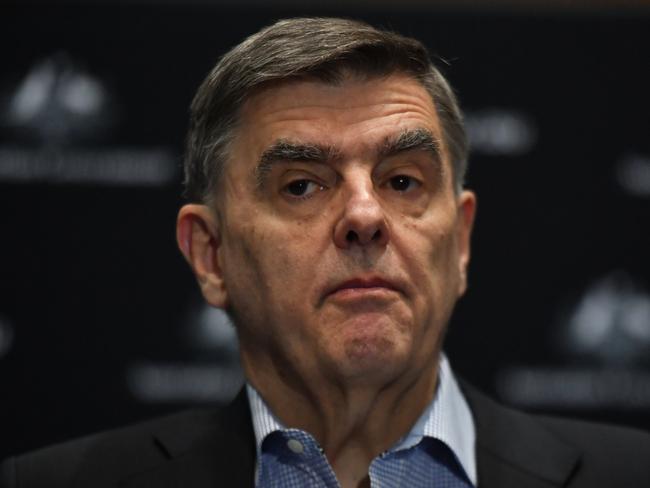
TURKEY TO RELEASE 45,000 PRISONERS
Turkey’s parliament has passed a law that will allow the release of tens of thousands of prisoners to ease overcrowding in jails and protect detainees from the coronavirus.
The law will open the way for the temporary release of around 45,000 prisoners to stem the spread of the coronavirus.
Those eligible will be released under judicial control until the end of May and the Justice Ministry will be able to extend the period twice by a maximum of two months each time.
Justice Minister Abdulhamit Gul said on Monday local time there were 17 confirmed cases of COVID-19 among prisoners, including three deaths.
He said 79 prison personnel had also tested positive, along with a total of 80 judges and prosecutors, judiciary personnel and forensic science personnel.

The law has been criticised by opposition parties for excluding those jailed on terrorism charges, which include journalists and politicians swept up in a crackdown following a coup attempt in 2016.
The number of prisoners in Turkey has risen to nearly 300,000 - the second- largest prison population in Europe and the most overcrowded prison system as of January 2019, according to data from the Council of Europe.
DEBT RELIEF FOR POOREST NATIONS
The International Monetary Fund has cancelled six months of debt payments for 25 of the world’s most impoverished countries so they can help tackle the COVID-19 pandemic.
IMF Executive Director Kristalina Georgieva issued a statement saying the IMF executive board approved the immediate debt relief for 19 African countries, Afghanistan, Haiti, Nepal, Solomon Islands, Tajikistan and Yemen.
“This provides grants to our poorest and most vulnerable members to cover their IMF debt obligations for an initial phase over the next six months and will help them channel more of their scarce financial resources towards vital emergency medical and other relief efforts,” Georgieva said.
She said the money will come from the IMF’s revamped Catastrophe Containment and Relief Trust, which will use recent pledges of $185 million from the United Kingdom and $100 million from Japan. She urged other donors to help replenish the trust’s resources.

EUROPEAN COUNTRIES EXTEND LOCKDOWNS
Leaders of Europe’s hardest-hit countries have said they will extend lockdown into May, but but began outlining plans to reopen their economies amid signs they had overcome the worst of the coronavirus outbreak.
In Britain, the government warned it would not be lifting a nationwide lockdown anytime soon as the country remains in the grip of a coronavirus outbreak that has claimed more than 11,000 lives.
Foreign Secretary Dominic Raab, who is deputising for Prime Minister Boris Johnson as he recovers from his own bout of COVID-19, said there were some “positive” signs of progress.
But he warned at a daily media briefing on Monday (local time): “We’re still not past the peak of this virus.”
The government must decide by Thursday whether to maintain three-week-old rules to keep schools and shops shut and order people to stay in their homes to try to stop coronavirus spreading.


“We don’t expect to make any changes to the measures currently in place at that point, and we won’t until we’re confident as we realistically can be that any such changes can be safely made,” Mr Raab said.
He said that “if we eased up too early, we’d risk a second wave” of infections.
New figures from the health ministry revealed that 11,329 people hospitalised with coronavirus have died in Britain (as at Monday local time), making it one of the worst-affected nations in the world.
This number is up 717 on the previous day, down from previous daily tolls.
However, data on a Monday is often lower due to under-reporting at weekends.

Mr Johnson, who is recuperating at Chequers, the British PM’s traditional summer residence, became the most high-profile world leader to contract the virus last month and spent a week in hospital — including three days in intensive care — before being discharged on Sunday.
The 55-year-old issued a video thanking the medics who cared for him, and admitting that at one point, he believed it “could have gone either way”.
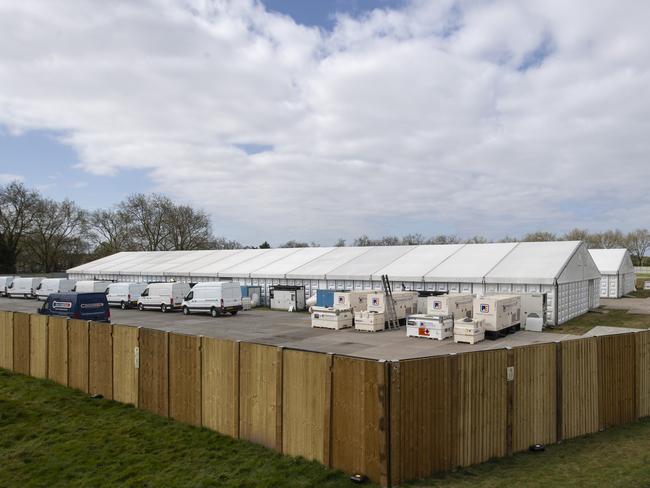
NEW YORK DEATH TOLL PASSES 10,000
More than 10,000 New Yorkers have now been lost to the coronavirus, Gov. Andrew Cuomo said on Monday (local time) — though he said that the “worst is over” if the state stays the course.
Another 671 deaths were reported in the 24-hour period ending at midnight on Monday (4pm AEST), running the overall toll to 10,056, said Gov. Cuomo, in what he called “the worst news I’ve ever had to deliver to the people of this state.”
“The terrible news is as terrible as it gets,” Gov. Cuomo said, referring to the tally surpassing the 10,000 mark.
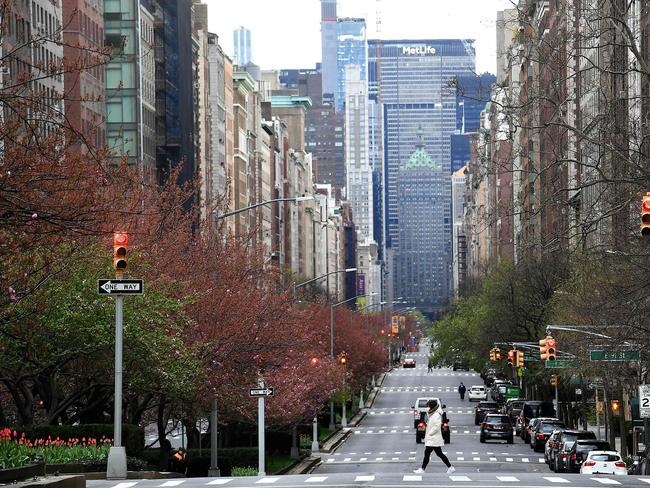
“This is 671 people who passed away on Easter Sunday,” the governor said.
“To have this happen over this weekend is really, really especially tragic and they are all in our thoughts and prayers.”
Even as New York passed one grim milestone, it neared another, closing in on 200,000 statewide diagnoses, with 195,031 now tallied, Gov. Cuomo said.
But amid the heartbreak, Gov. Cuomo pointed toward encouraging signs in hospitalisation and infection rates.
“The worst is over,” he proclaimed — with the caveat that the state must not take its foot off the gas with regard to social distancing and other preventive practices.
Sunday saw 1958 new coronavirus hospitalisations statewide, the first time the daily figure has dipped below 2000 since March 29.

The total number of hospitalisations also remained roughly flat at 18,825, a 24-hour net increase of just 118, as the disease continued its apparent levelling off.
Gov. Cuomo admitted he won’t feel able to take “a deep breath” until a vaccine for the bug is found, an estimated 12 to 18 months down the road.
But in the meantime, the governor urged New Yorkers to maintain the momentum won at so great a cost.
“We can control the spread. Feel good about that,” he said.
“Because, by the way, we could have gotten to a point where we said, ‘We can’t control this damn thing.’”

SAILOR DIES AFTER US NAVY SHIP OUTBREAK
A member of the crew of the coronavirus-infected USS Theodore Roosevelt warship died on Monday of complications related to the disease, the navy said.
The sailor, whose name and other identifying information were not publicly released pending notification of relatives, had tested positive for coronavirus on March 30 and was taken off the ship and placed in “isolation housing” along with four other sailors at the US navy base on Guam.
On April 9, he was found unresponsive during a medical check and was moved to a local hospital’s intensive care unit.
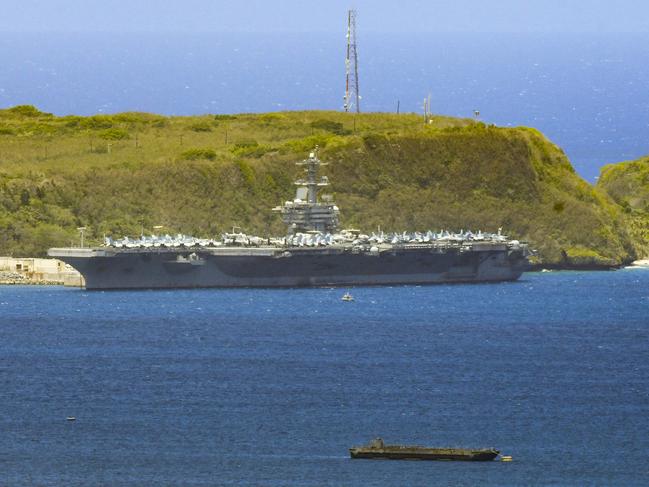
The death was the first among the crew of about 4860, of which 585 had tested positive for coronavirus as of Sunday.
About 4000 crew members have been moved ashore.
A number have been kept aboard to attend to the enormous ship’s nuclear reactors and other sensitive systems.
The Roosevelt has been in a coronavirus crisis that prompted the Navy’s civilian leader, Thomas Modly, to fire the ship’s captain on April 2.
Five days later, after having flown to the ship and delivered a speech in which he insulted the skipper, Capt. Brett E. Crozier and criticised the crew for supporting Crozier, Modly resigned.
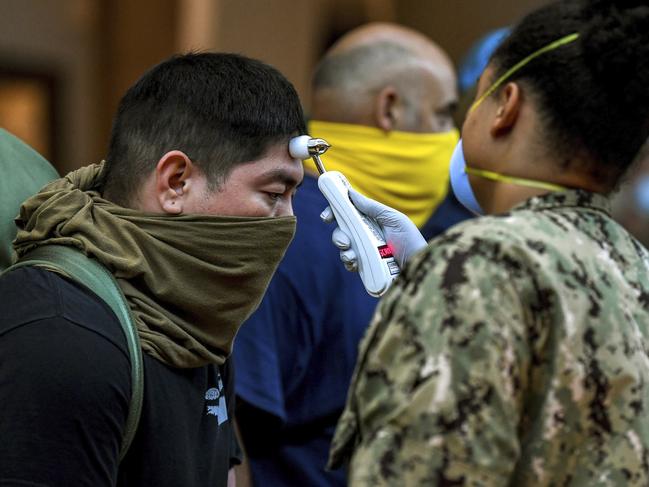
ITALY EXCEEDS 20,000 DEATHS BUT CURVE FLATTENS
The number of deaths related to the coronavirus has passed 20,000 in Italy but the country hardest hit by the outbreak in Europe has reported a slowing increase in new infections.
According to the Civil Protection Agency in Rome on Monday (local time), 566 new deaths were registered within the last 24 hours, bringing the total to 20,465 since February.
The previous day, 431 people had died in connection with COVID-19, the disease caused by the virus.
The number of reported infections increased by about 2.0 per cent to 159,516, a slightly lower rise than the day before.

The number of unreported cases however is likely to remain high.
Experts in Italy have been talking about positive signals for days as the infection curve has flattened.
The pressure on intensive care units continues to ease, which is especially important to overcrowded hospitals in the hardest-hit north.
Italy has measures in place to combat the coronavirus outbreak, including curfews and shutting down most of public life.
The government recently extended the lockdown measures until May 3.

FRANCE EXTENDS LOCKDOWN
French President Emmanuel Macron says he is extending a virtual lockdown to curb the coronavirus outbreak until May 11, adding that progress has been made but the battle has not yet been won.
Acknowledging his country had not been sufficiently prepared early on to face the challenges posed by the outbreak of the coronavirus, Mr Macron said the unprecedented restrictions put in place were showing results.
“The epidemic is starting to slow down. The results are there,” Macron said in a televised address.
“Thanks to your efforts, everyday we have made progress.”

“But our country was not sufficiently ready for this crisis. We will all draw all the consequences,” Mr Macron said.
Mr Macron’s prime time address came as France ended a fourth week under lockdown, with residents ordered to stay at home except to buy food, go to work, seek medical care or get some exercise on their own.
After a relentless increase until the first week of April, the number of patients in French hospitals’ intensive care units has started to decline, prompting health authorities to call a plateau in the deadly epidemic.
But if French hospitals are just about coping, helped by a massive effort to transfer patients by plane, helicopter or even high-speed train from hospitals in the east and Paris to the west, nursing homes have been overwhelmed.
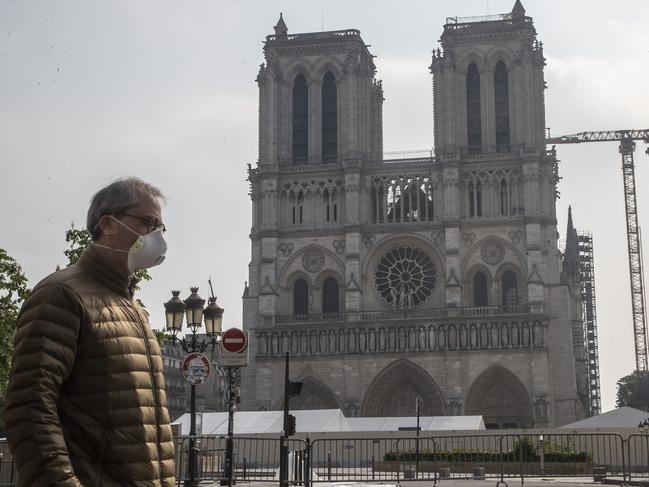
By Monday, the coronavirus had claimed 14,967 lives in France – the fourth- highest death toll in the world – with more than 98,076 confirmed cases, according to official figures.
Officials said that 6821 patients were currently in intensive care units, down from 6845 on Sunday.
Mr Macron said that by May 11, France would be able to test anyone presenting COVID-19 symptoms.
Schools and creches would progressively re-open, he said.
Mr Macron’s government has faced accusations of failing to address a shortage of masks and testing kits.
SPAIN GETS BACK TO WORK
Hundreds of thousands of people have been allowed to return to work for the first time in Spain since the government-imposed coronavirus lockdown.
People in regions of Spain where Easter Monday is not a national holiday were allowed to leave their homes to go to work in a slight relaxation of a lockdown that has been in place since last month.

According to media estimates, around 300,000 people returned to work in the capital Madrid.
Prior to Monday, only people employed in positions considered essential have been allowed to work at their job sites.
Many factory and construction workers can now resume their activities.
Spain’s Health Ministry on Monday recorded 3477 new coronavirus cases over the past 24 hours, taking the total to 169,496 and offering more evidence the hard-hit country could be on the road to recovery.
At its height, Spain saw more than 8000 new infections in a day.
Spain reported 517 new deaths, bringing the total to 17,489.
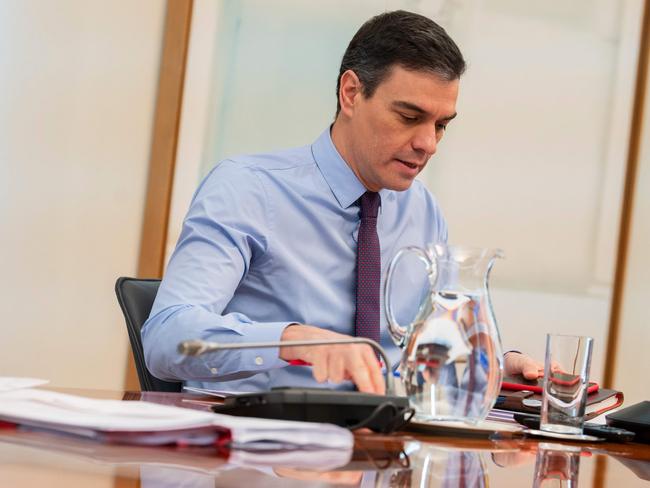
‘DEATH SHIP’ PROBE LIKELY
A powerful independent inquiry into the handling of the Ruby Princess could run alongside a criminal investigation into how 2700 potentially infected passengers were allowed to disembark from the vessel and scatter across the country and around the world.
It is understood NSW Premier Gladys Berejiklian may decide to instigate a commission of inquiry into the matter, running concurrently with the police probe, based on advice from Mick Fuller on how long his investigation will take.
NSW Premier Gladys Berejiklian told reporters today the police investigation would take at least six months, with a month already passed.
She said police are working with federal authorities to collect evidence from the ship and are looking into hundreds of calls made to CrimeStoppers.
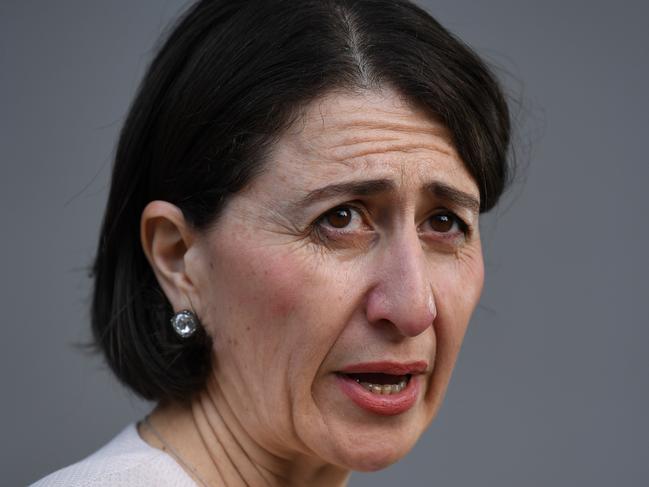
Authorities confirmed on Monday that two more Ruby Princess passengers have died from COVID-19, a 74-year-old woman and a 79-year-old man, bringing the death toll from the ship to 18.
It comes as Tasmanian authorities declared infected passengers from the ship were one of the “strongest leads” in identifying what caused an outbreak of the killer virus in the state’s northwest that has seen 60 people infected.
Meanwhile, a crew member has been identified as the likely source of the deadly outbreak on-board the ship.

“At this stage we would think that it was probably a crew member working in, probably the galley, someone who’s serving food,” Police Commissioner Mick Fuller said.
Mr Fuller will brief Ms Berejiklian today on how long a criminal investigation into the handling of the ship will take.
On Monday, Mr Fuller said a plea for information had yielded more than 220 leads which could take detectives months to work through.
Ms Berejiklian might instigate a commission of inquiry into the handling of the debacle if she thinks the police probe will take too long.
That comes after state Labor threatened to establish a parliamentary inquiry if Ms Berejiklian does not set up a powerful independent probe before parliament next sits.
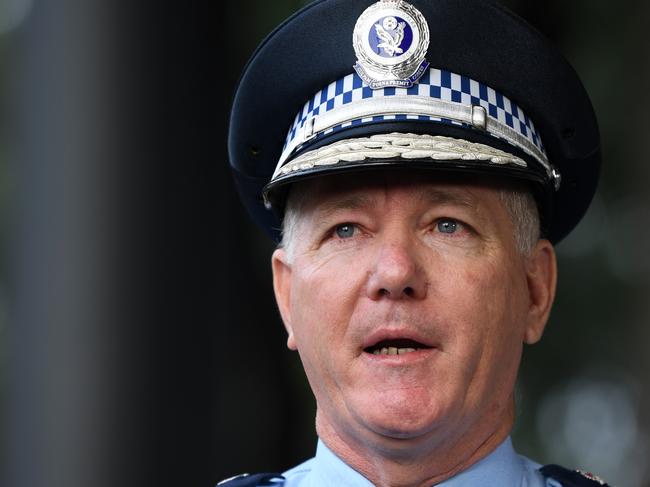
“The preference would be that a special commission of inquiry … that could be transparent and independent,” Opposition leader Jodi McKay said.
“That would be our preference, but if we can’t get that, then we want to use the parliament.”
Meanwhile, crew on the coronavirus-riddled vessel could be flown to their home countries on charter flights as early as this week.
“Potentially charter flights that would be paid for by Carnival, absolutely in the first instance,” Mr Fuller said.
“Consulates like the British the American, the Canadian consulate, are keen to get their people home. If someone is clear of the virus they could certainly fly with normal restrictions.”
DOMESTIC AIRLINE SERVICES TO CARRY ON
Australian airlines will continue to operate affordable services on key domestic routes for passengers and freight during the coronavirus crisis despite plunging demand.
News Corp Australia understands the Morrison government is in the final stages of negotiations with Qantas and Virgin make sure flights continue to operate between Australia’s capital cities.
Tens of millions of dollars are expected to flow from government coffers to guarantee people can still fly between Adelaide, Canberra, Brisbane, Darwin, Alice Springs, Hobart, Melbourne, Perth and Sydney.

The plan will enable repatriated Australians to return to their home states after they complete their two week quarantine in hotels across the country.
More than $1 billion has already been forked out by the government in the Regional Air Network Assistance Package to help smaller airlines.
Thousands of jobs have already been lost across the Australian aviation sector following service reductions when non-essential domestic travel was banned.
Despite the encouraging figures, Prime Minister Pedro Sanchez said on Sunday in an address to the nation that the restrictions would only be loosened in a significant way “in two weeks at the earliest, and they will be incremental and careful.”
WA HOSPITAL WORKERS TO GET VACCINE
Around 1000 of WA’s frontline hospital workers will be given a tuberculous vaccine in an experimental bid to boost their resistance to COVID-19, as well as reduce the severity of their symptoms should they contract the deadly virus.
And if the results of the world-leading trial are promising, the drug could emerge as a possible preventive measure for the general population.
Mining magnate Andrew Forrest’s charitable Minderoo Foundation will bankroll the $1.5 million trial, which is being led by the Telethon Kids Institute and is now recruiting 2000 volunteers from Perth Children’s Hospital, Fiona Stanley Hospital and Sir Charles Gairdner Hospital.

At the same time they receive their standard influenza vaccination, half of the participants will also be given the Bacillus Calmette – Guérin (BCG) jab.
First developed in the early 1900s, BCG is no longer part of the routine Australian program but is still commonly given to babies in parts of the world where the risk of contracting tuberculous is high such as Africa and South East Asia.
The other half of participants will receive only the flu jab and act as a control for the study, which is part of a national research effort named the BRACE trial.
It seeks to establish whether BCG – which is already known to boost immunity against infections other than TB – has a similar effect on COVID-19.
Telethon Kids Institute Head of Vaccine Trials Peter Richmond said BCG’s long history of clinical use meant it was already known to be safe for humans.
“There have (previously) been a number of studies that came out of Africa that demonstrated that children who had received BCG actually were less likely to die of other respiratory infections, specifically pneumonia,” Dr Richmond said.
“Interestingly, the other place that it’s been used, which has also provided some supportive evidence, is as a treatment for bladder cancer.
“So in older people, it’s actually instilled into the bladder when they have a certain type and stage of bladder cancer and actually seems to stimulate the immune system to get rid of their cancer.
“And those individuals who receive that therapy have also appeared to have a reduction in infections such as pneumonia.”
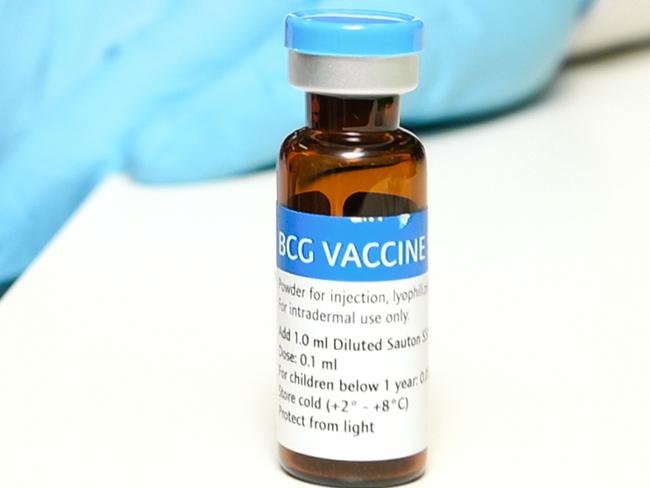
Dr Richmond said while it was still early days, some countries where the BCG vaccine was no longer in regular use – such as most of Europe and the US – appeared to be grappling with larger and faster COVID-19 outbreaks.
The study has been endorsed by the World Health Organisation and its results are being keenly tracked by countries across the globe because of the potential implications for frontline health care workers, hundreds of whom have already died after contracting the virus from their patients.
Over the next year, trial participants will be closely monitored to see whether they develop COVID-19 or other respiratory illnesses and, if they do, how severe their symptoms are.
Dr Richmond said BCG would then be considered for wider distribution.
“That certainly would be something that you’d want to think about if it was successful,” he said.
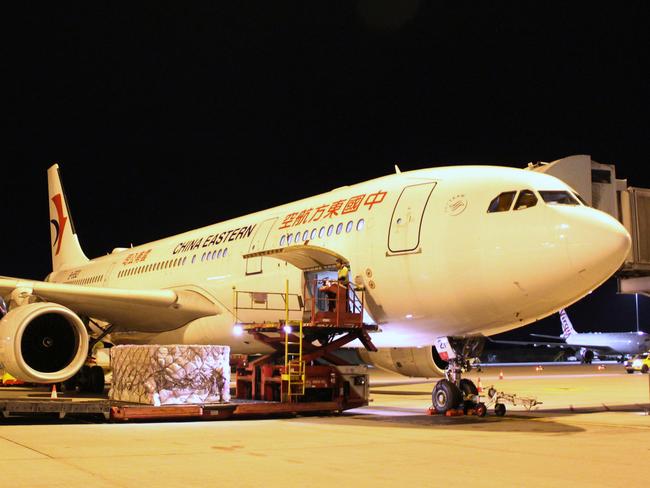
“We’re waiting for a specific vaccine but this is something that may be of use to the broader population.”
The Forrest family, through the Minderoo Foundation, have already spent $160 million sourcing scare personal protective equipment and flying it into WA from China but Dr Forrest said supporting clinical trials was another important front in COVID-19 war.
“While BCG is not a vaccine specific to COVID-19, it could be a vehicle to reduce the spread and severity of the virus among hospital staff and limit the strain on our healthcare system,” Dr Forrest said.
“If BCG is proven to be effective the global significance will be substantial. This has the potential to be a readily available and inexpensive intervention that could be used in future pandemics until a specific vaccine is developed.”
WORKING FROM HOME MAY BECOME PERMANENT
Many Australians and their bosses are discovering just how much work can be done outside of an office as social distancing rules are in effect to stop the coronavirus.
Researchers say workplaces are unlikely to look the same after this major upheaval, even if the economy does “snap back” in the way politicians want it to.
But there are warnings that working from home is not all positive.
The Centre for Future Work, part of progressive think tank The Australia Institute, estimates about three in 10 Australian workers – or four million people – can do their jobs from home.
These are largely people in office settings who work on computers or by telephone.
Centre director Jim Stanford says there are probably half this number working at home right now, in the midst of the crisis.
“It is likely that much of the increase in at-home work will become permanent, even after the immediate health emergency passes, so it is crucial policymakers pay top-priority attention to ensuring the safety and fairness of work from home arrangements,” he said.
“Normal employment patterns won’t suddenly reappear, even once the health emergency has passed and people are able to go back to their workplaces.”
In a paper he has written with the centre’s senior economist Alison Pennington, he said there will likely be a mix of people who want to return to their offices and those who want to continue to work from home.
They note the right to request flexible work arrangements is already enshrined in law, but there might need to be a “mirror-image entitlement” – the right to work at a formal employer-provided workplace – added to this.
And they caution that at-home working could turn out to be “baptism by fire” with bosses tempted to use cyber surveillance to make sure their employees are working.
THREE ELEMENTS NEEDED BEFORE LOCKDOWN LIFTED
Health Minister Greg Hunt has outlined the three key elements that must be in place for Australia to come out of lockdown.
Mr Hunt told reporters on Monday afternoon the focus was on consolidating the containment phase and working toward “effective eradication of the virus”.
It was “too soon to make changes” to social distancing, he said.
Mr Hunt said lifting the lockdown would involve “three elements”.
“One is clear indication that we are suppressing the case numbers in Australia – it could be case numbers, the retransmission rate, that’s all being developed into an assessment protocol,” he said.
“Two is ensuring we have rapid response capability – testing, tracing. Thirdly, once those things are achieved, is planning the steps out, which will always be gradual.”
Mr Hunt said “really sophisticated” countries including South Korea, Singapore and Japan had eased restrictions only to have to raise them again.
“We want to ensure the more we do now, the greater our ability to manage in the future,” he said.
More than half of the 6335 Australians who have contracted COVID-19 have fully recovered, Mr Hunt confirmed.
Originally published as Europe extends lockdowns as coronavirus cases near two million
